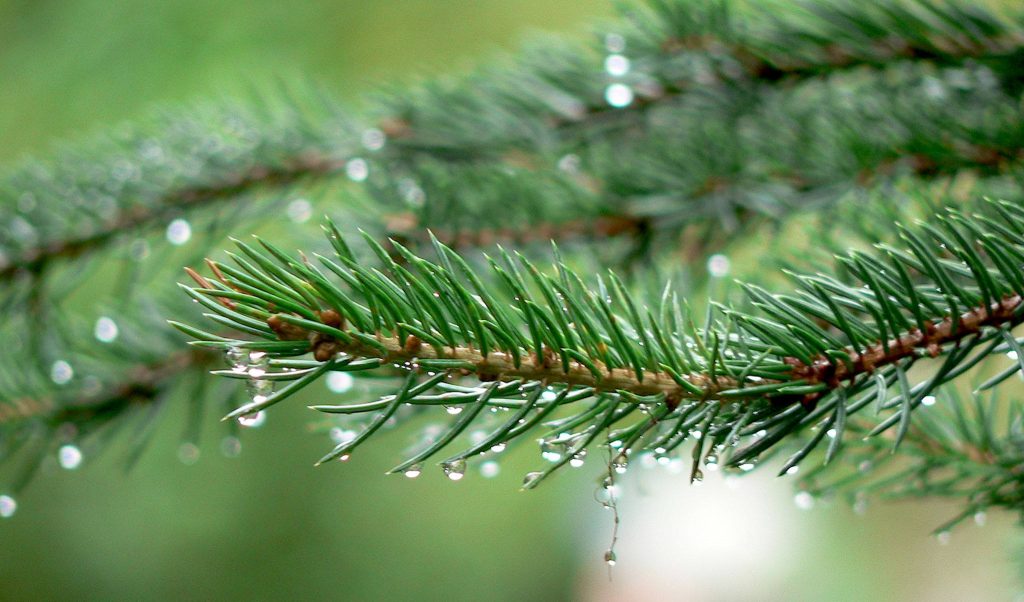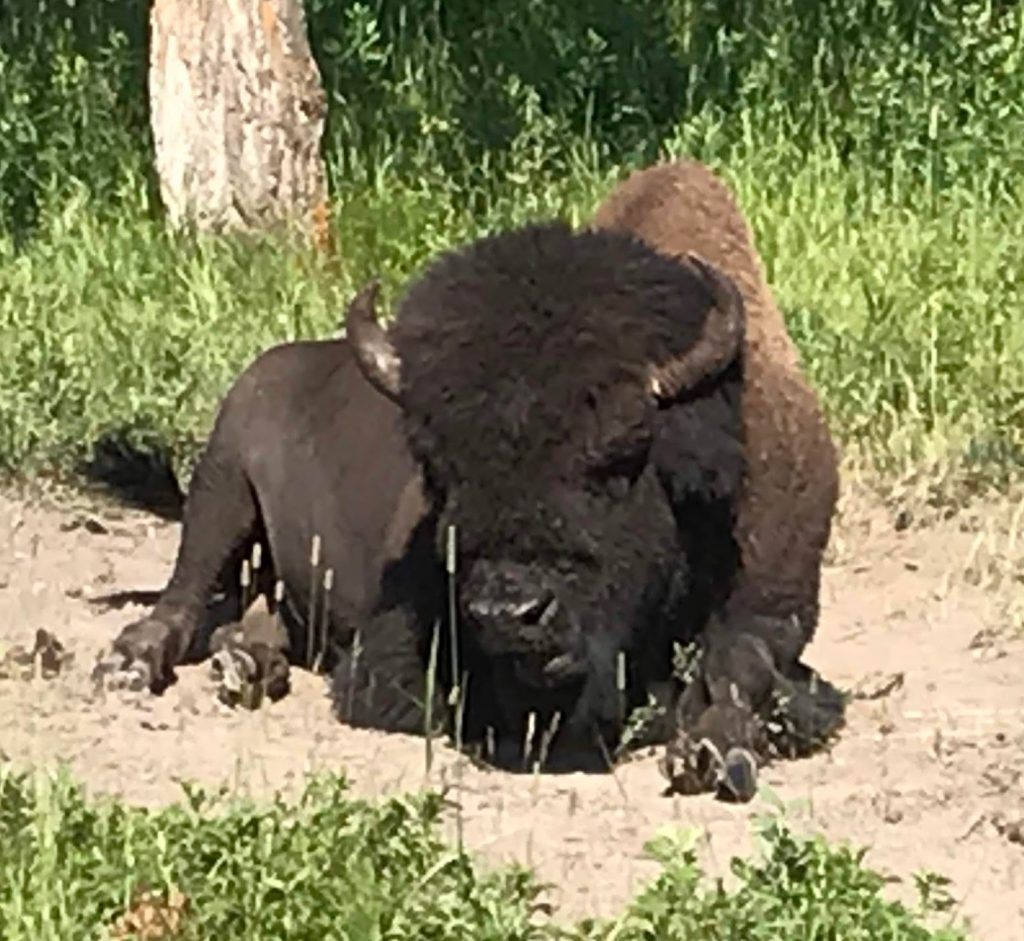We’re not anti-social, we’re just not into crowds. We anticipated being in the Canadian Rockies in August (prime vacation season) and into September (including the Labor Day weekend), so we hauled out our box full of secret magic tricks. Based on our travels to date, we know the best days of the week and times of day to arrive at a non-reservable campground, how to find remote, lesser-known hiking trails on weekends, and, if we’d like to hike a popular trail, when to head out. As we were closing in on Banff National Park, the most popular of Canada’s parks and close to both Calgary and Edmonton, we decided to visit Kootenay National Park over Labor Day weekend.
Category: Hiking
Hiking, epic walks
Glacier (Canada) National Park
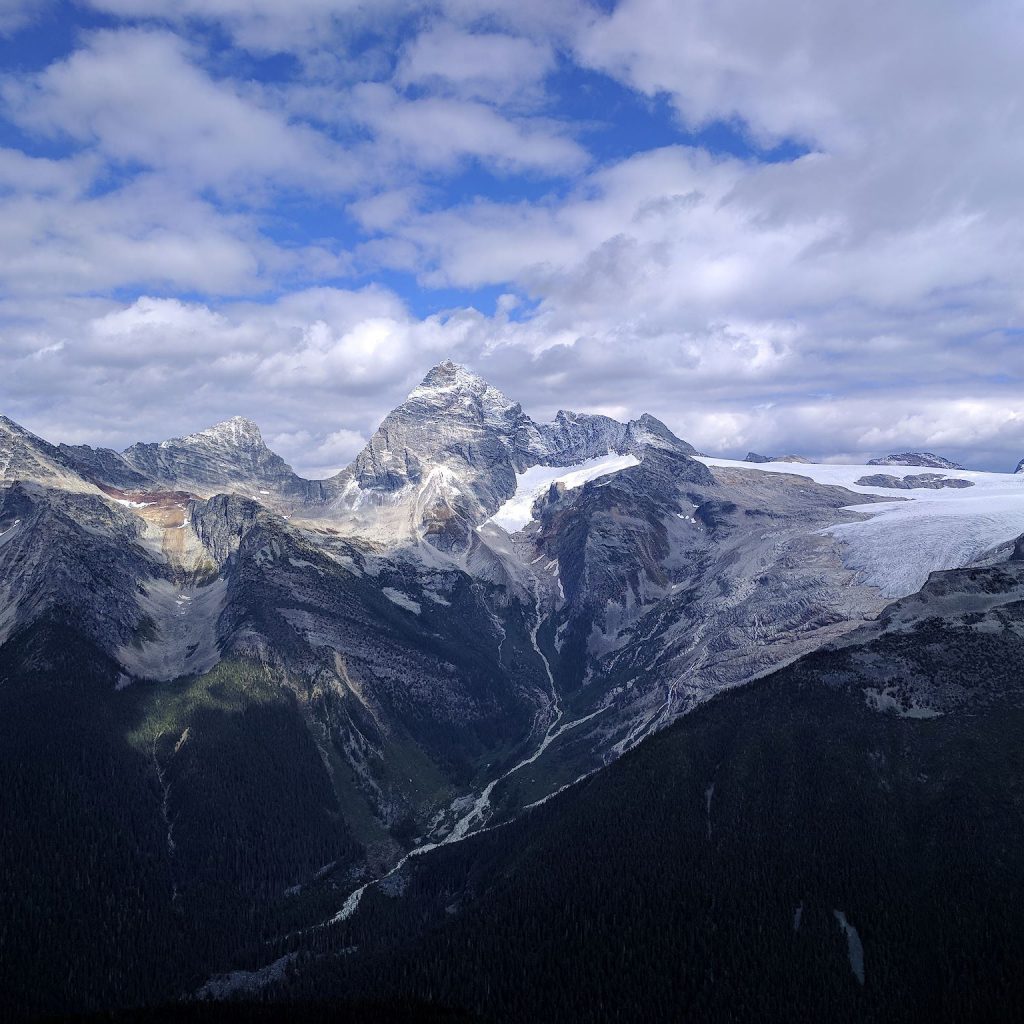
There are two Glacier National Parks in North America – one in Montana, US and one in British Columbia, Canada. They are about 550 km (340 miles) apart. To complicate things, Glacier (Canada) is in the Selkirk Mountains, close to (but not in) the Rocky Mountains, while Glacier (US) is in the Rockies, just south of the Canadian Rockies and connected to Waterton National Park (Canada) creating an international peace park. So when you talk about visiting Glacier National Park, many Canadians will ask ‘Which one?’ We’re in Glacier (Canada).
Glacier (Canada) had the name first – it was the second Canadian national park – established in 1886, while Glacier (US) was established in 1910. They both inspire awe. They both feature multiple, large, active glaciers, soaring mountains, waterfalls, black bears, grizzly bears and wildflowers. They both received early support from the countries’ respective transcontinental railroads. They both have avalanches in winter. However only Glacier (Canada) counts its epic avalanches as a major part of its history. To reduce confusion, Glacier (Canada) could rename itself Avalanche National Park. On second thought, that might not be good for tourism…
Continue reading “Glacier (Canada) National Park”
Revelstoke, BC/Mount Revelstoke National Park
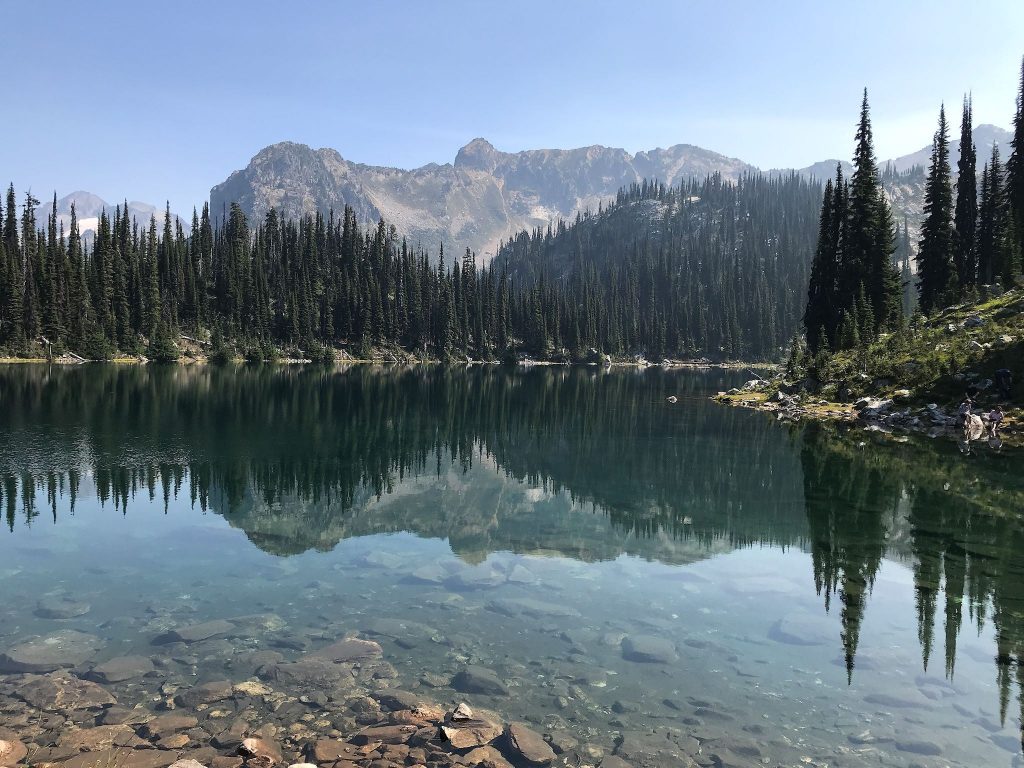
The grand concept for this trip was to make our way to the Canadian Rockies, visit (and hike!) the national parks there, and start making our way back. As Doug detailed in the two previous posts, we extended our westerly turn-around point to Penticton and added a music festival in Salmon Arm, both in BC. In addition to the five Rocky Mountain parks, we included the two national parks in the Selkirk range in our list, just a bit west of the Rocky Mountains in BC. The first of these is Mount Revelstoke National Park.
Continue reading “Revelstoke, BC/Mount Revelstoke National Park”
Yoho National Park
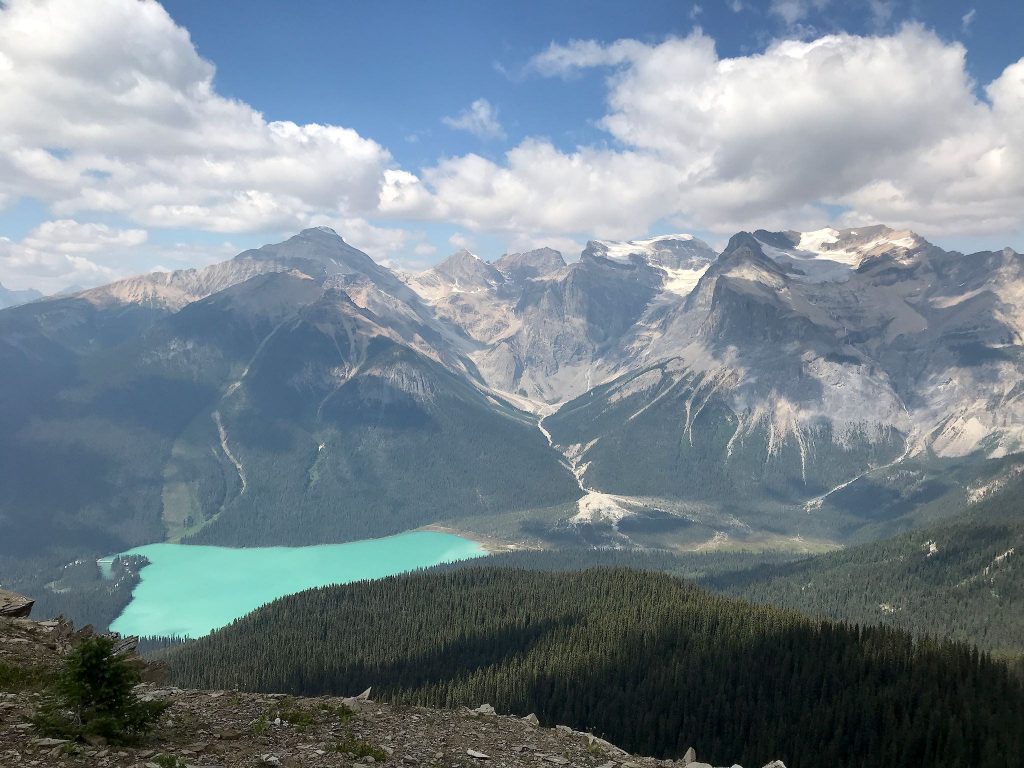
Though it doesn’t appear so at first, after being here for a week we realize that Yoho National Park, Canada’s second oldest park, has a split personality.
The discovery of Kicking Horse Pass, the first pass across the Canadian Rockies deemed ‘safe’ for the railroad in the 1850’s, put Yoho on the map. This discovery allowed Canadian Pacific Railway (CPR) to complete the transcontinental railroad. After numerous catastrophic train crashes, CPR reduced the grade through Kicking Horse Pass (aka ‘The Big Mountain’) with the use of the spiral tunnels, completed 1909. CPR also built the famed Canadian Pacific Hotels – beautiful lodges in gorgeous, remote places marketed to elite travelers in order to encourage more rail travel. Although no longer owned by the railroad, Emerald Lake, Yoho Valley, and Lake O’Hara Lodges in the park continue to provide luxurious accommodations in ‘we-are-but-specks-on-this-planet’ nature. (Italics from their brochures. And they really nail it.) Of course, where goes the CPR, now also goes the Trans-Canada Highway.
Away from the railroad, the highway, and the Kicking Horse Valley, Yoho is a hiker’s paradise. There are three super-steep, super-deep valleys in the park with towering, nearly vertical rocks walls, hidden glacial lakes and countless waterfalls. Accessible by paved roads, the end points of the valleys include lodging, tourist vistas and trailheads. Those end points are where the two Yoho personalities cross paths. Not far from these points, hikers leave the resort guests and tourist crowds on the shorter paved trails and head out for some of the best hiking we’ve experienced anywhere in our travels of North America. Thank you CPR.
Jasper National Park
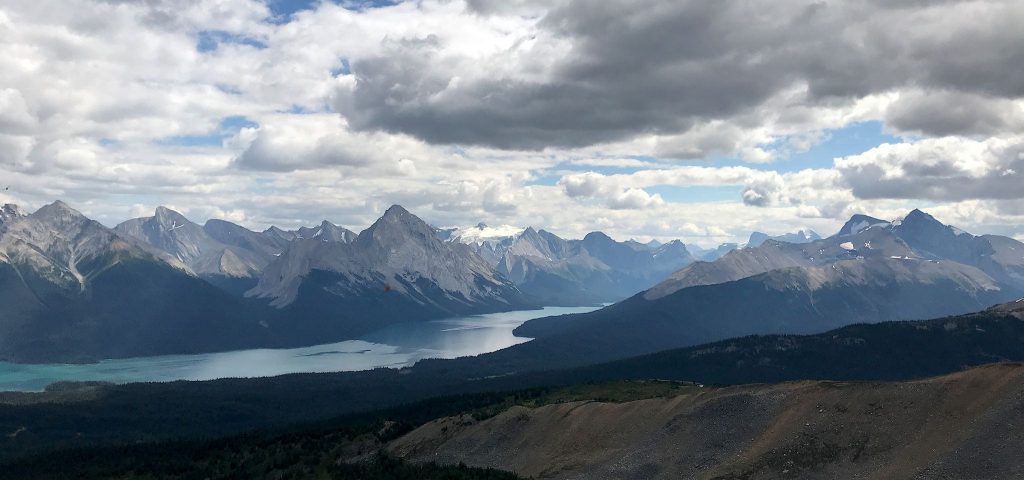
We do love mountains! Views, mountain air, hiking, mountains in your face with glimpses of remote river valleys and distant peaks; forests and critters big and small, tiny mountain communities and ski towns, (usually) cooler temps. We were on our way to see the Canadian Rockies and set a course for Jasper National Park, the northernmost of the parks there.
Wood Buffalo National Park (NT/AB) and Fort Smith, NT
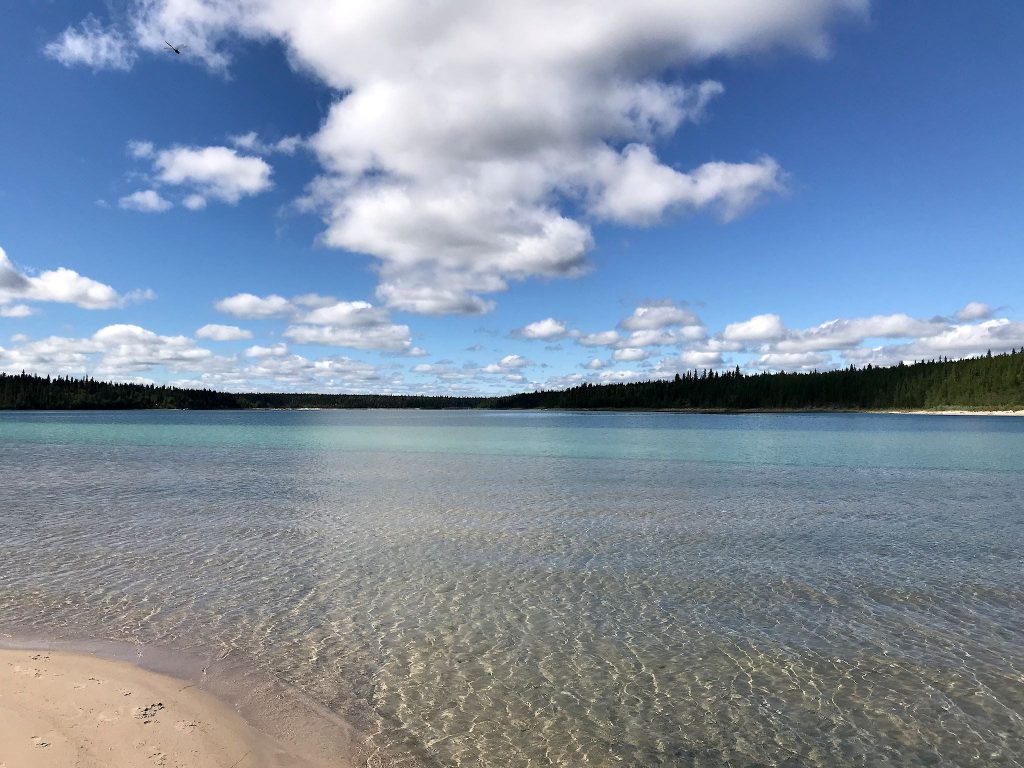
Wood Buffalo National Park is the largest national park in Canada and the fifth largest national park in the world.* How large? It’s nearly 45,000 sq km (17,300 sq mi). How large is that? By comparison, Yellowstone, one of the larger national parks in the US, is approximately 9,000 sq km (3,500 sq mi), just 20% of the size of WBNP. Like Yellowstone, WBNP is significant on a world scale. It’s the home of the largest free-roaming wood bison herd in existence, the only nesting area for the remaining wild population of whooping cranes and the largest freshwater delta supporting four waterfowl migration routes across North America. Oh, and it’s home of the world’s largest beaver dam, 850 metres (2,700 feet) wide.
They had me at ‘Buffalo.’
Continue reading “Wood Buffalo National Park (NT/AB) and Fort Smith, NT”
Elk Island National Park – Time to Relax
The past three weeks have been packed with music, biking, urban adventures, exploration, new friends, old friends, and the usual off-the-wall stuff – the essentials for what makes us want to keep on traveling. Yet we were feeling the need to chill just a bit, maybe take a hike. So we headed for Elk Island National Park which features lakes, wildlife, hiking, and a small campground. It’s famous for its bison conservation work. I’m not making this up.
Between the park and the weather, Elk Island was exactly what we needed.
North Manitoba – The Pas, Snow Lake
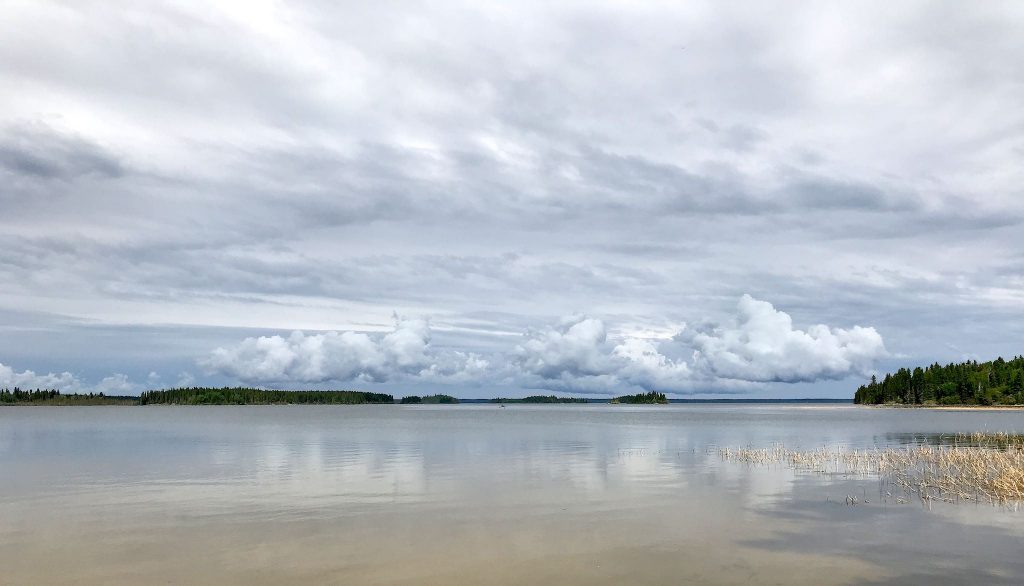
North? We’re getting somewhere! Winnipeg, in southeastern Manitoba, is north of the northernmost point we visited in North Ontario. The province considers anything north of the 53rd parallel North Manitoba, and describes it as ‘a vast untamed wilderness’ which sounds like our kinda place. So from Winnipeg, we headed north…
Riding Mountain National Park
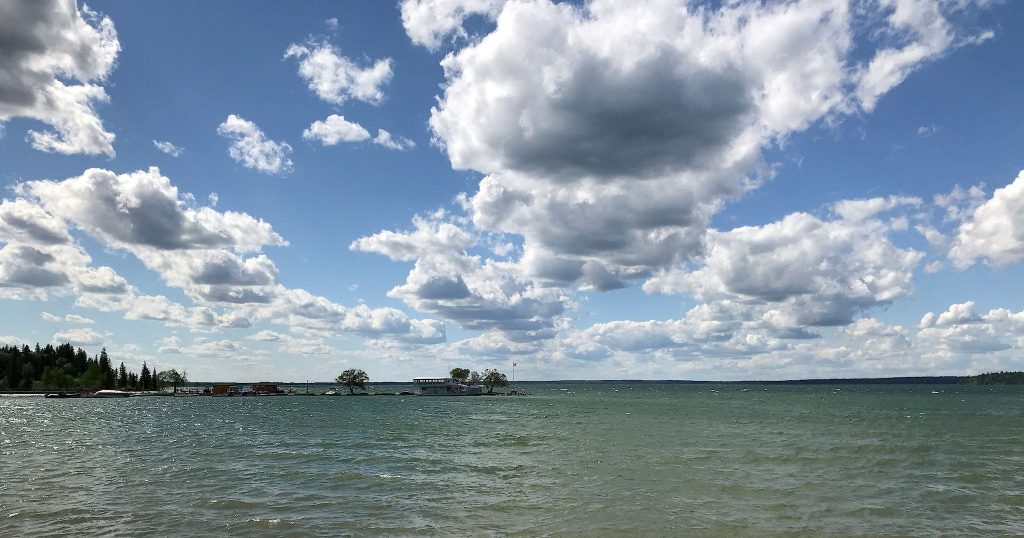
Riding Mountain National Park opened in 1932 and is the oldest national park in Manitoba. It rises 457 meters (1,499 feet) above the pretty flat prairie in all directions. At its center is Clear Lake and the town of Wasagaming. Its most recognizable feature is a line of cliffs along the eastern border formed by the Manitoba escarpment.
We planned to visit. Our new friends from the music festival confirmed it was a must see in Manitoba. We set a course.
Algonquin Park
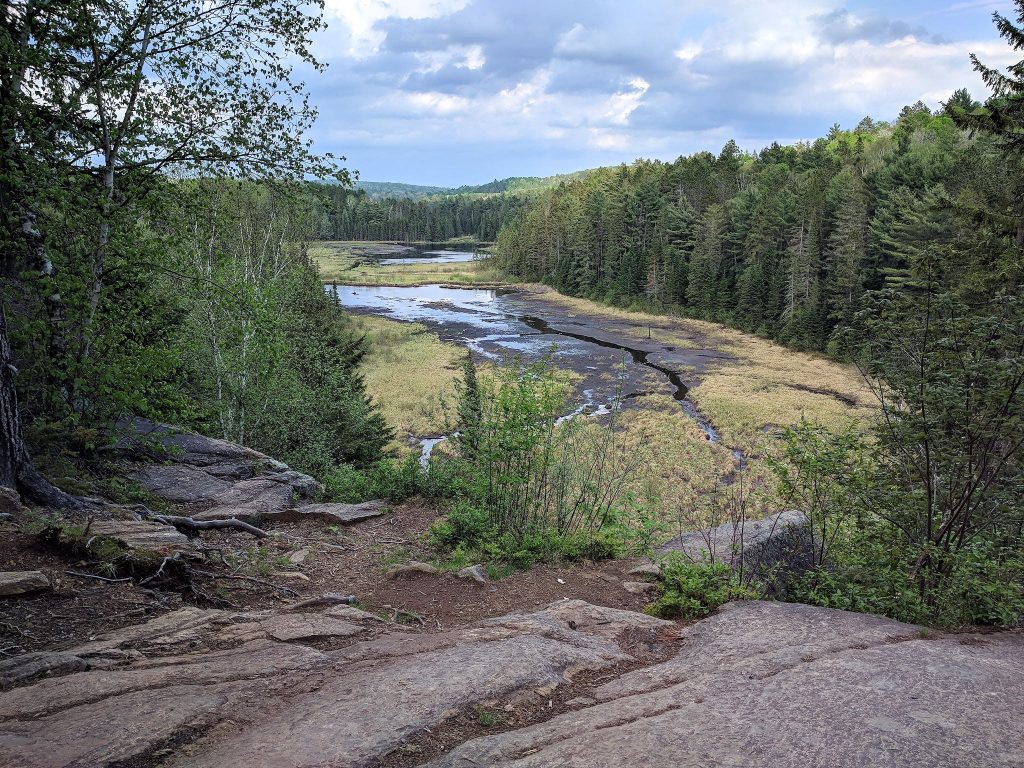
Algonquin Provincial Park is the oldest provincial park in Canada. Situated 3 hours west of Ottawa and 4 hours north of Toronto and open year-round, it’s the most popular park in the province and the country. The park is in the Ontario highlands, a relatively mountainous portion of the province where there’s a healthy mix of deciduous and coniferous trees and a long logging history. It’s best known for its 2,000 km (1,200 mi) of interconnected lakes and rivers, a canoer’s paradise.
We don’t have a canoe. We hiked.

